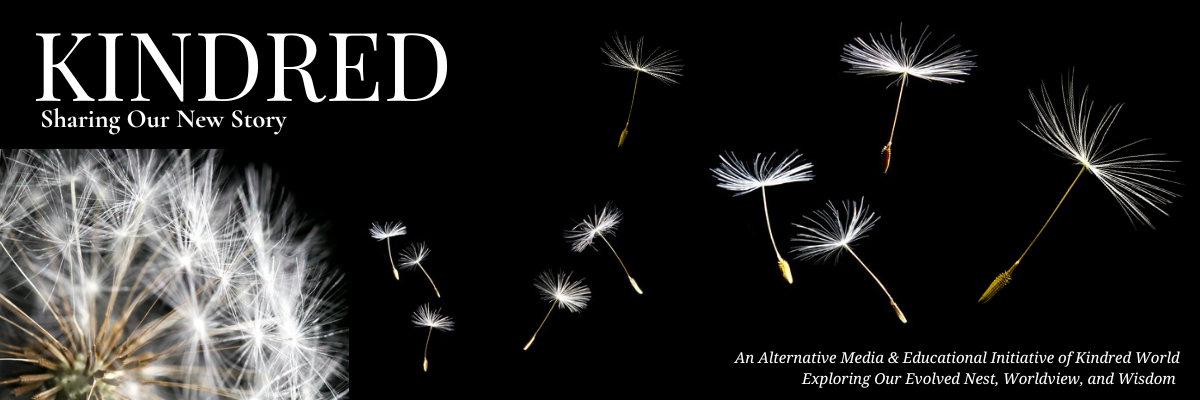Gainful Unemployment, by Radical Homemaker Shannon Hayes
It was just getting dark the night of November 1st, 1999 as I locked my bike outside my Ithaca apartment, walked inside and learned from my roommate that Bob had been trying to reach me. He was waiting at my parent’s farm for my call. The new house we’d just purchased up the road from my parents, 2 ½ hours away from where I was attending grad school, didn’t yet have a telephone. I went into my room, sat down at my desk and dialed. Bob answered on the first ring.
“Hi sweetie!” His voice was eerily chirpy.
“What’s up?”
“Are you sitting down?”
“Yes.”
“I need you to make a promise to me.”
“What’s that?”
“Promise me that you’re going to stay in school.”
“Huh?”
“Say it. Promise me that you’re going to stay in school.” I was 2 years away from completing my Ph.D.
“Okay. I promise to stay in school,” I said lightly.
“Good. ‘Cuz I got fired today.”
Shock rippled throughout my body. Nobody in my family had ever been fired from a job. Getting fired was the domain of ne’er do wells and criminals. It was not something that happened to the members of my upstanding, hard-working family. My world was suddenly turned upside-down. Bob and I were newly engaged. We’d just bought our home with a bank mortgage granted to us exclusively on the grounds of his income. My graduate stipend merely covered my school and apartment expenses, so my income wasn’t even added into the equation. Even if I quit school and came home to help make ends meet, there weren’t many jobs on offer in our rural community. Our best bet was for me to complete the Ph.D. and hope I’d be able to please the right people and score employment at the local state college.
I finished the Ph.D. But I never got a teaching job. By the time I had my degree in hand, I didn’t need the job. Bob and I had become gainfully unemployed.
Gainful unemployment is slightly different from radical homemaking, although the two strategies used together make for a dynamic synergy. In radical homemaking, someone from the household may have a normal job while someone else in the household works to keep living expenses low by helping the household to produce more than it consumes. Gainful unemployment is a strategy that Bob and I had to figure into the mix in order to survive, as it became clear early on that neither one of us wanted to go out to a job, and we still needed to pay some bills.
Essentially, gainful unemployment is a diversified income strategy. My grandfather loved to talk economics with me, and growing up, I was forever lectured about the importance of having a diversified investment portfolio. He taught me that if all my money was invested in the same place, in the event of a crash or a catastrophe, I would lose everything I had saved. A diversified income strategy is the logical next step. If all one’s time is invested in one venture for one’s livelihood, and that venture fails, then there’s big trouble. We were never more insecure than when we counted on job security for our survival. When Bob and I were relying on his paycheck, we were completely dependent upon the mood of his boss. That, clearly, didn’t pan out well. If we were to support our home by having me get a job teaching, we’d be in the same predicament. That is a dangerous financial situation for a household populated by outspoken personalities.
With gainful unemployment, a livelihood comes from myriad sources. If one income stream fails, it is never more than just a part of the income portfolio, which means it is significantly easier to replace than a full-blown salary. Another attribute of gainful unemployment is that all the different income sources draw upon myriad skills. Some sources of income come from physical work, some from intellectual work, some from skilled craftsmanship or artistic work. Bob and I have found that this reduces boredom, but also provides greater security if an injury or emotional trauma prevents us from doing one particular form of work. – A broken leg may make house painting an inappropriate income stream for a while, but a person could still do web design. A traumatic event in the family may make it difficult to focus on desk work for a spell, but the physical work of tending plants or livestock would be a welcome reprieve.
Over the years, our gainful unemployment portfolio has evolved with our changing needs, resources and interests. In the beginning we mowed lawns, rented out rooms, helped on construction projects, did community development consulting work and graphic design, painted decks, weeded people’s gardens, and worked on two different farms. Today we keep bees, sell meat, make salves, candles and soaps from our animal fats and beeswax, weave baskets, write and publish books, work on the family farm, lecture and teach. Our income portfolio is always changing, and we are always investing a portion of our income in new ventures to replace any we may phase out. Last year we planted an orchard. The year before, we started a small vineyard to support a small organic fruit enterprise. This year we’re experimenting with growing our own willow for baskets and furniture making, and we’re starting a fiber business. We’ve made and sold Christmas ornaments from found objects, catered local food events, and baked for hire, too. Over time, once the house was paid off, we acquired financial capital that we’ve been able to invest according to our values that has helped further diversify our income stream.
Gainful unemployment doesn’t make for a glamorously high income. But when partnered with the skills of radical homemaking — growing one’s food, home cooking, making rather than buying gifts and household needs; cooperating with friends, family and neighbors to get work done or care for loved ones, learning how to manage finances in a local life-serving economy, making rather than buying entertainment, etc., the net proceeds can be substantial. These come in the form of increased savings, increased fun, greater economic and emotional security, greater net worth, and tremendous self-worth.


